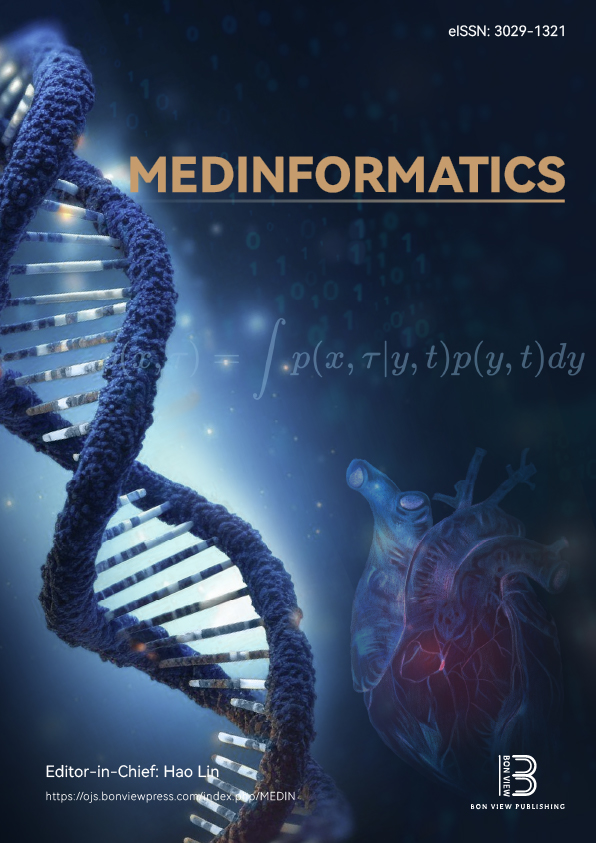An Artificial Intelligence and Biochemical Modelling Approach for LDL Cholesterol Prediction
DOI:
https://doi.org/10.47852/bonviewMEDIN52025919Keywords:
LDL cholesterol, cardiovascular risk, machine learning, clinical prediction, lipid profile estimation, NCEP III, European Society of Cardiology GuidelinesAbstract
Estimating LDL cholesterol accurately remains a critical challenge in cardiovascular medicine. While ultracentrifugation delivers precise results, its high cost and complexity make it unsuitable for everyday clinical practice. Current estimation formulas like Friedewald and Martin-Hopkins are convenient but frequently miss the mark due to patient-specific factors and biological variations. Direct LDL testing, though reliable, puts a significant financial strain on healthcare systems. We developed a sophisticated machine learning approach that combines the strengths of 13 existing estimation equations with essential patient data—age, sex, total cholesterol, triglycerides, and high density lipoprotein levels—alongside actual LDL measurements. The framework uses three different algorithms (k-Nearest Neighbors, Random Forest, and Support Vector Machine) as foundational learners, while XGBoost acts as the final decision-maker to identify intricate data relationships. What sets our method apart is its ability to classify LDL levels according to both NCEP III and European Society of Cardiology standards, offering clinicians a more complete risk assessment tool. When we tested our integrated model against simpler versions, the results were striking: our comprehensive approach achieved an R2 value exceeding 0.98, significantly outperforming models that relied solely on basic clinical parameters (R² around 0.95). This advancement could transform how we assess cardiovascular risk, especially in settings where expensive laboratory methods aren’t feasible.
Received: 13 April 2025 | Revised: 30 June 2025 | Accepted: 18 August 2025
Conflicts of Interest
The authors declare that they have no conflicts of interest to this work.
Data Availability Statement
The data that support this work are available upon reasonable request to the corresponding author.
Author Contribution Statement
Petros Paplomatas: Conceptualization, Methodology, Software, Validation, Formal analysis, Investigation, Resources, Data curation, Writing – review & editing, Visualization, Project administration. Maria Kantartzi: Validation, Writing – original draft, Visualization. Kostas Anagnostopoulos: Conceptualization, Investigation, Resources, Data curation, Writing – original draft, Visualization, Supervision. Aristidis Vrahatis: Validation, Visualization, Supervision.
Downloads
Published
Issue
Section
License
Copyright (c) 2025 Authors

This work is licensed under a Creative Commons Attribution 4.0 International License.


